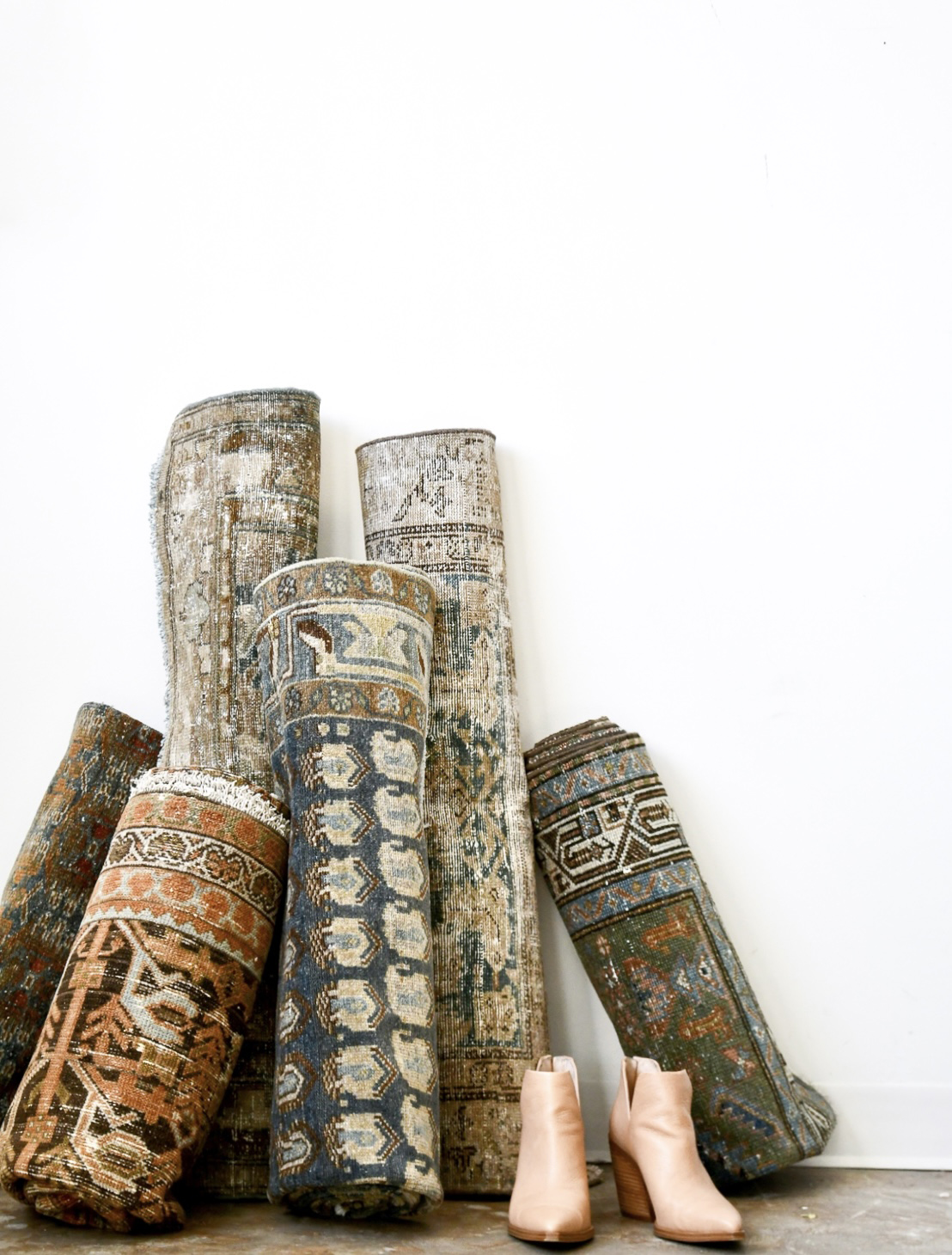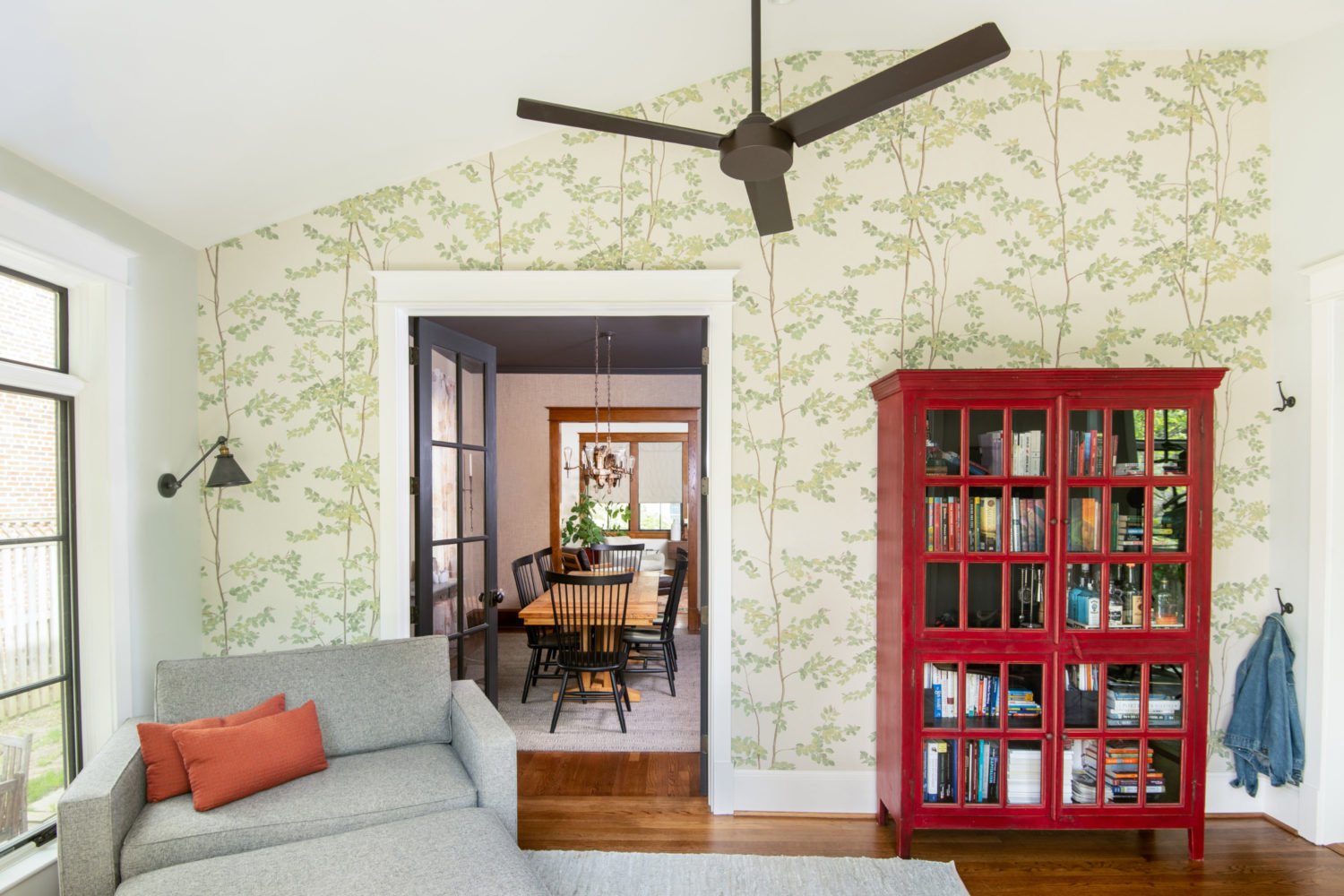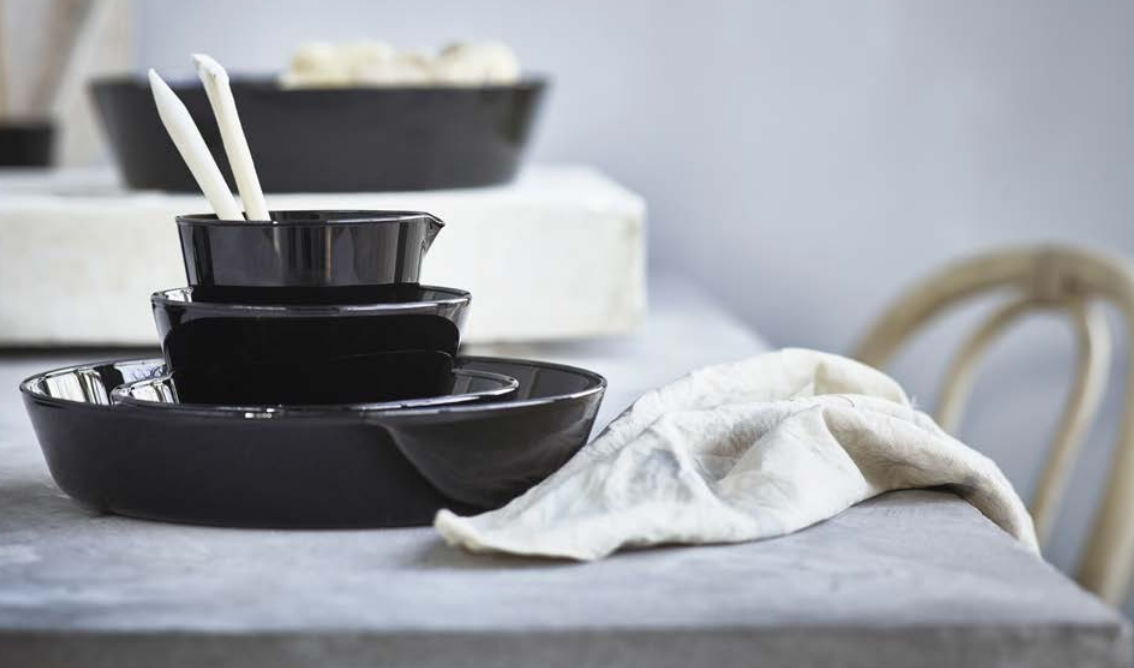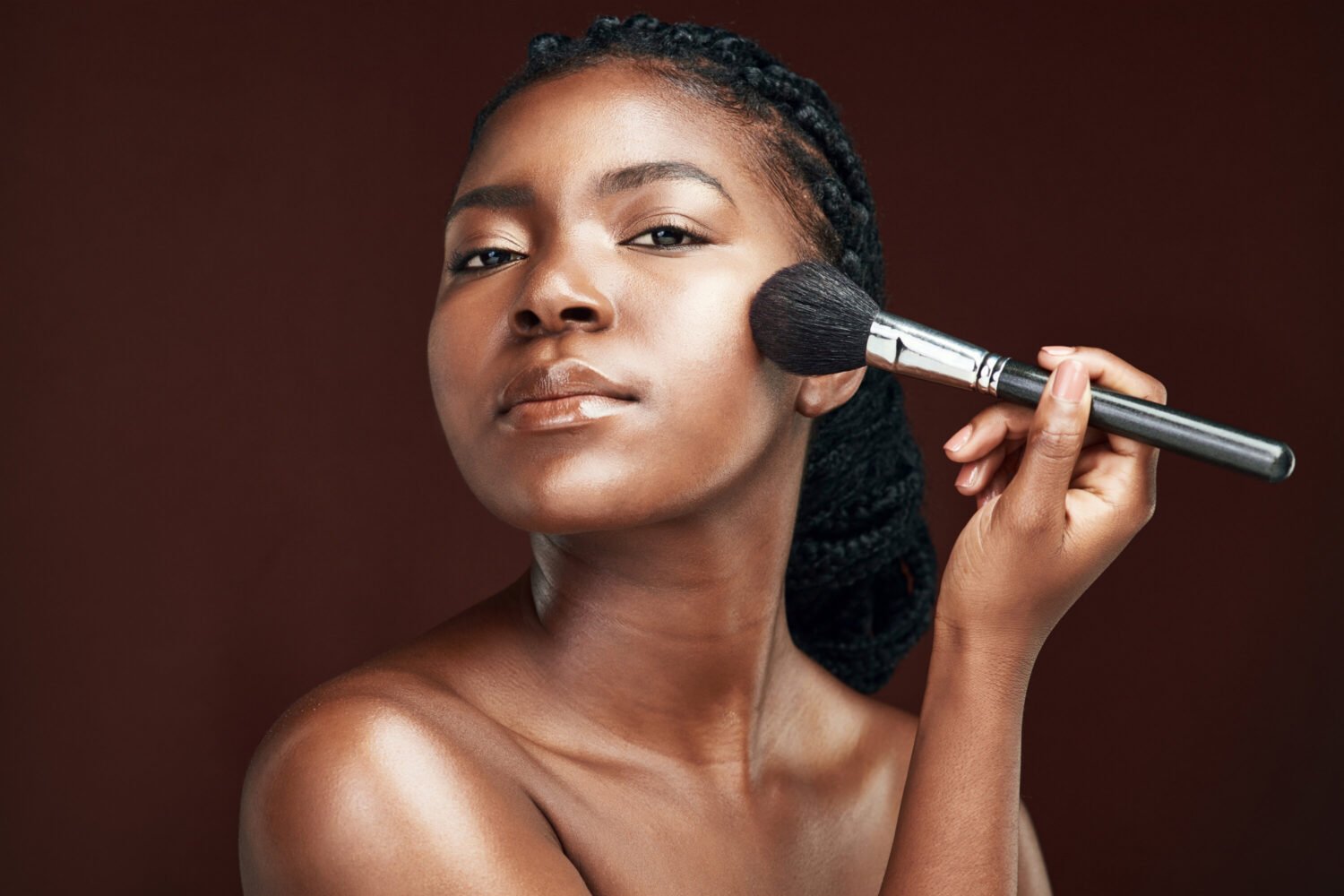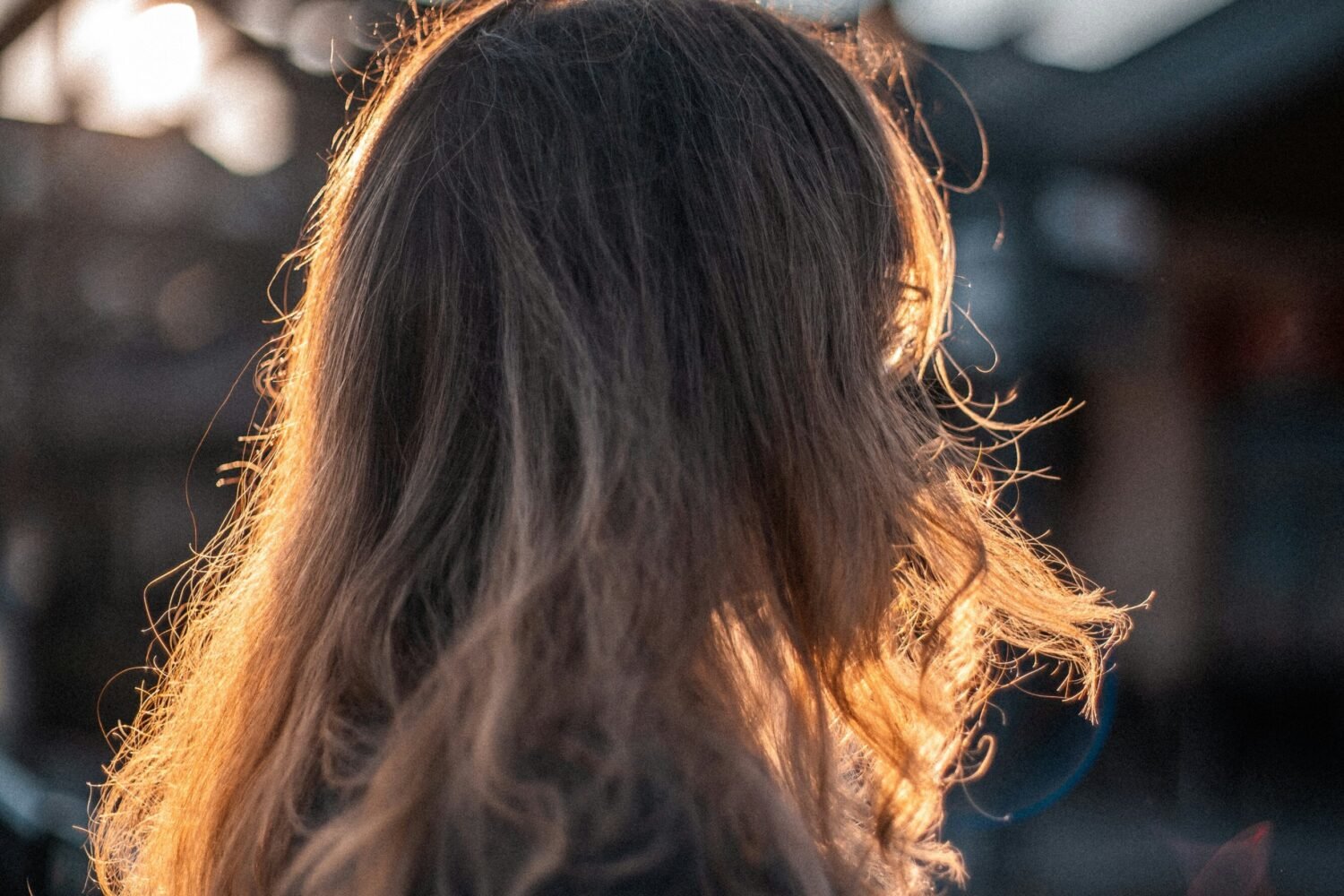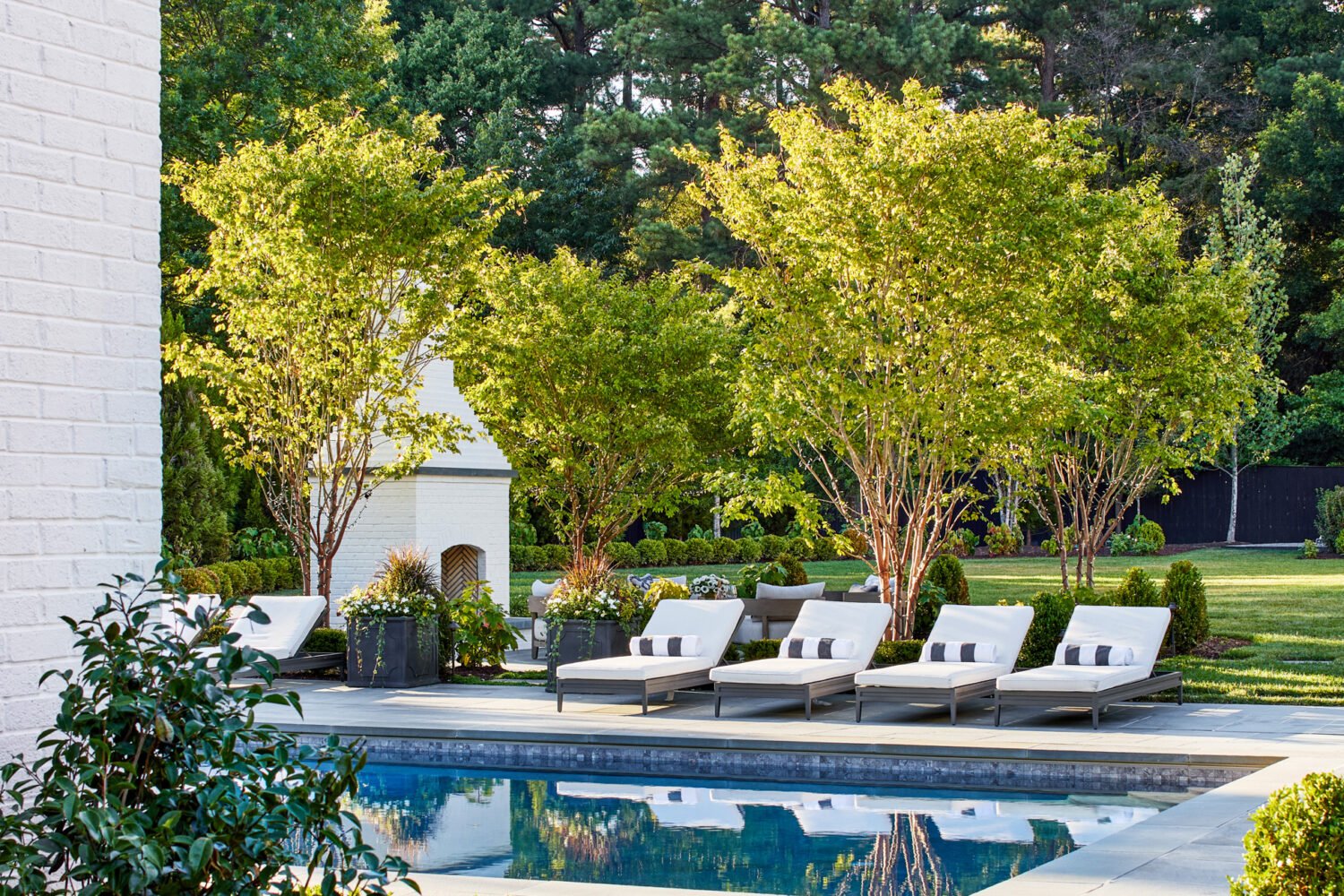Georgia Hoyler’s rug habit started in 2018 when she was decorating her own rowhouse in Northeast DC’s Eckington. She was drawn to the lived-in look of the vintage Oriental and tribal rugs that were all over shelter magazines, but she couldn’t find exactly what she wanted in Washington. “I think of us as the sensible sister of New York,” Hoyler says. “We take a little bit longer to adopt the fashion, but I knew it would come here.” So she started researching overseas suppliers, found a more senior rug merchant to mentor her, and began learning all the tricks of the trade. By the fall of 2019, she’d started her online business, Passerine, which sells predominantly “semi-antique” Persian rugs woven in the early 20th century and “antique-washed” to a more neutral palette.
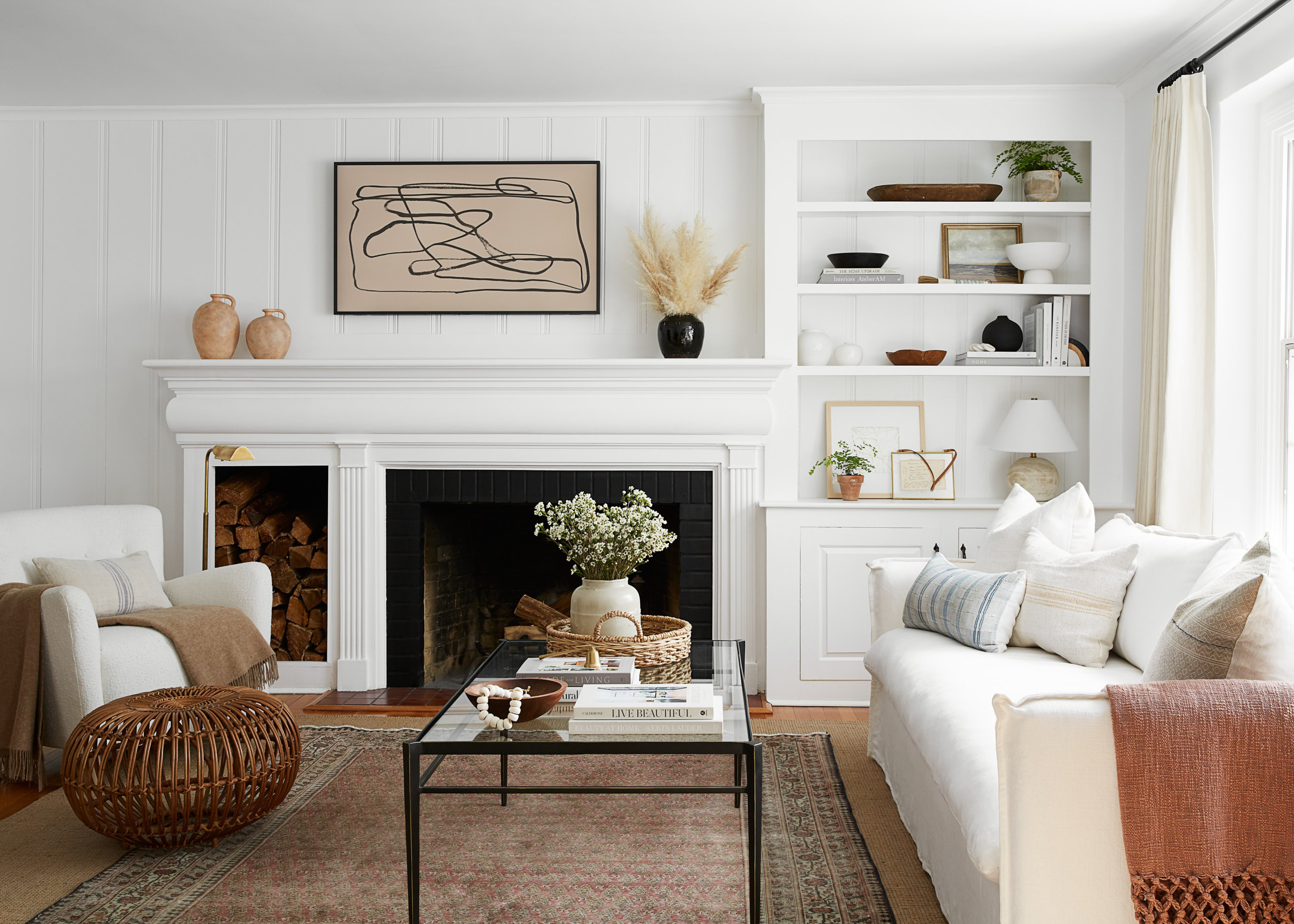
Hoyler was right about DC catching up. She says her clientele of interior designers and homeowners has exploded in recent months, in part thanks to supply-chain problems. “A lot of designers are saying, ‘I might wait 18 months for a [new] rug, or I can buy vintage and know I’ll have this one-of-a-kind item shipped to me in three to five business days,’ ” she says. “Homeowners are saying, ‘It’s worth paying a little more for something I can have right now.’ ”
Here are a few other things to know about the trend.
Know the Lingo
Vintage = Made at least 20 years ago.
Semi-antique = Made between the 1920s and the 1930s.
Antique = At least a hundred years old.
Antique washing = A process of applying a gentle chemical shampoo to vegetable-dyed wool rugs, which softens the colors.
Where To Put Them
Vintage rugs are an obvious choice for living rooms and home offices, but they’re also in high demand for bathrooms and kitchens and as runners installed on staircases. It isn’t as crazy as it might sound to put something that costs more than your first car in such messy, high-traffic areas—wool is naturally resistant to water and stains. “I have a six-month-old and a dog, so I practice what I preach,” says Hoyler. “I’ve got vintage rugs around the house. I’ve dealt with dog vomit and constant drool.”
What You’ll Spend
Buying used doesn’t mean that you’ll get a bargain. In fact, expect to pay more because you’re investing in a one-of-a-kind piece. On average, Passerine’s area rugs cost $3,000 to $5,000. Small rugs are in the $1,200 range, runners about $2,000. Extra-large rugs exceed $10,000.
Where to Find Passerine
Online or in person at Sanabria & Co. The Shop (409 E. Capitol St., SE) and Unique Kitchens & Baths (756 Walker Rd., Great Falls).
This article appears in the January 2022 issue of Washingtonian.

